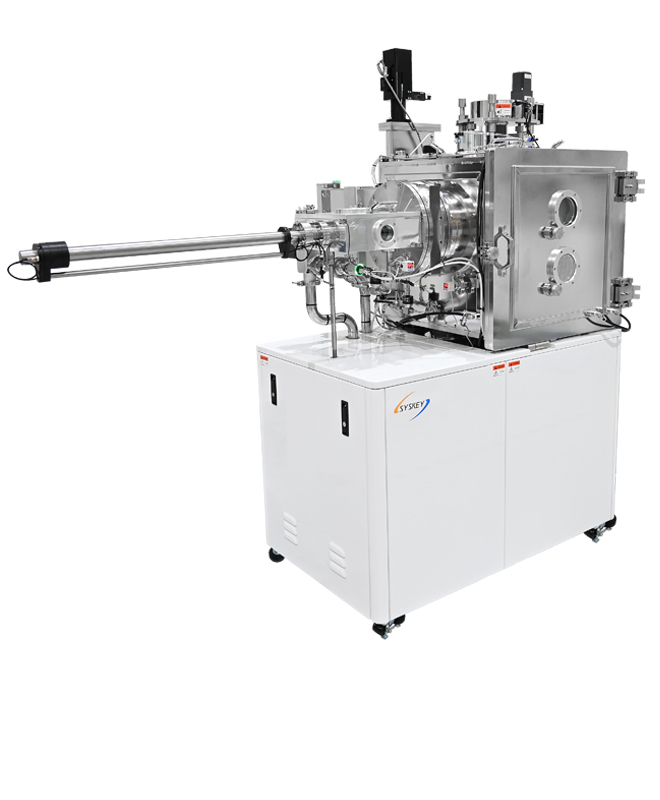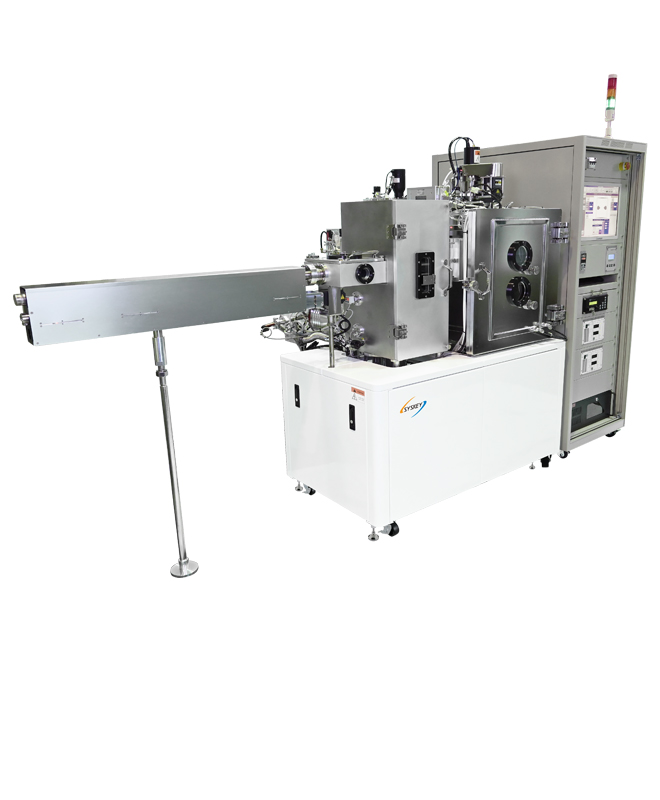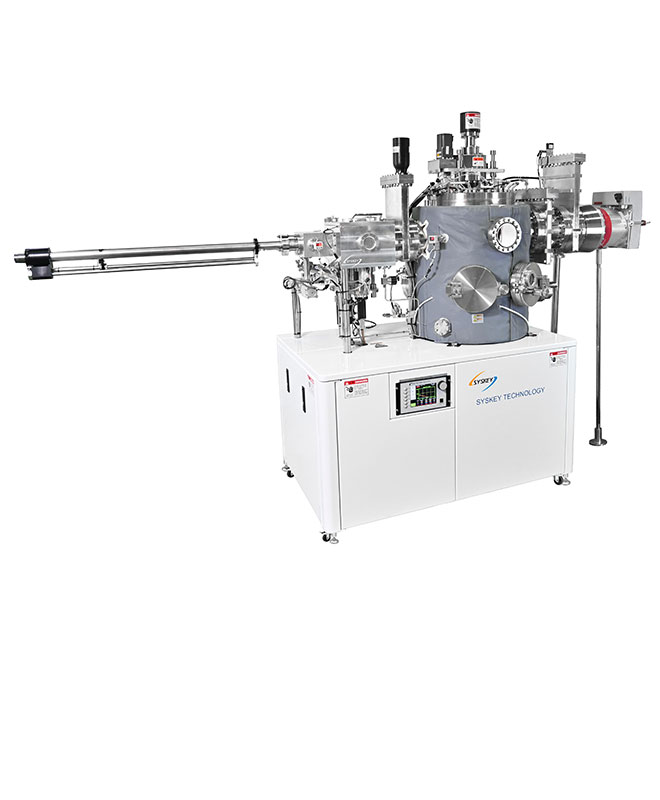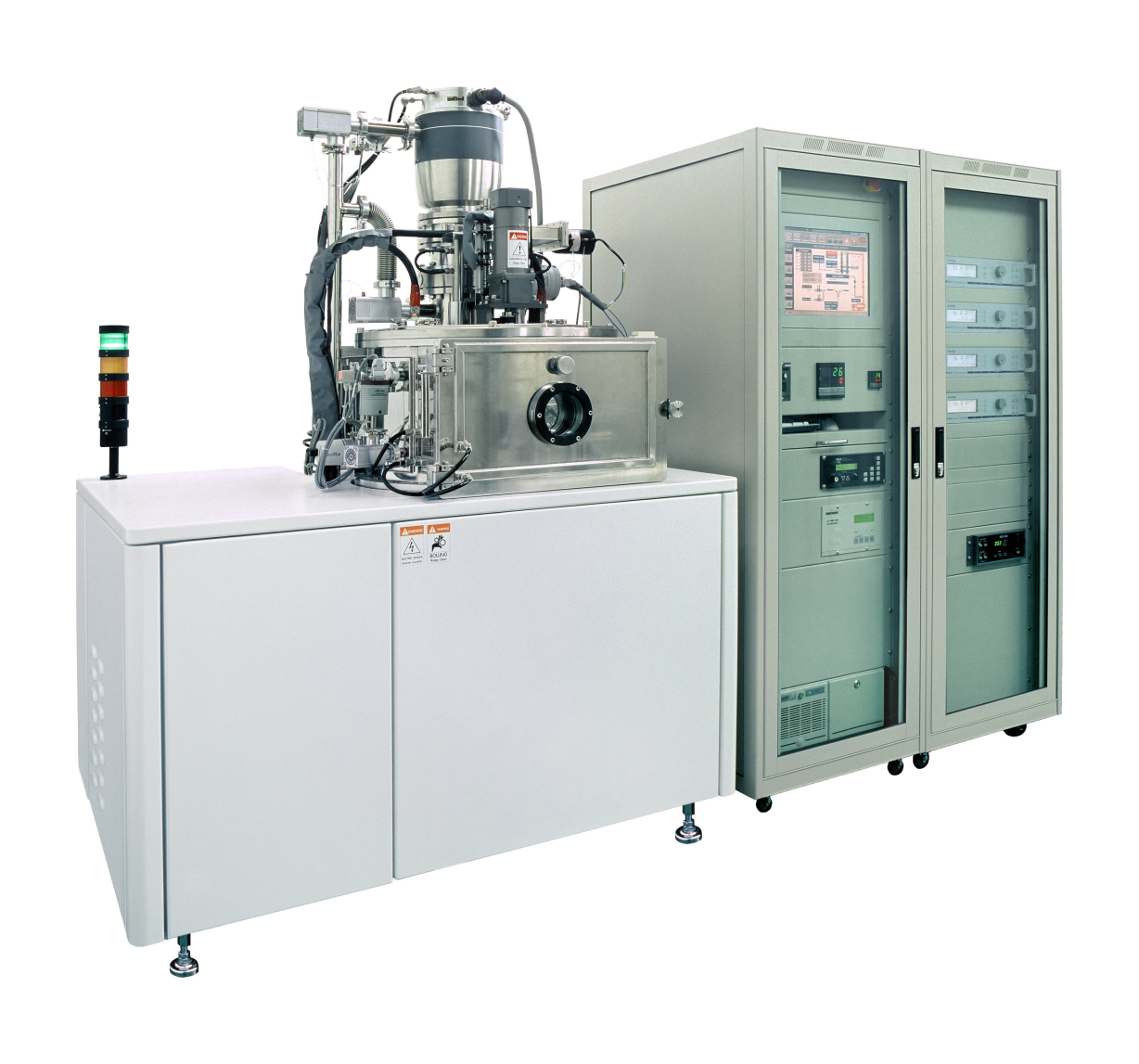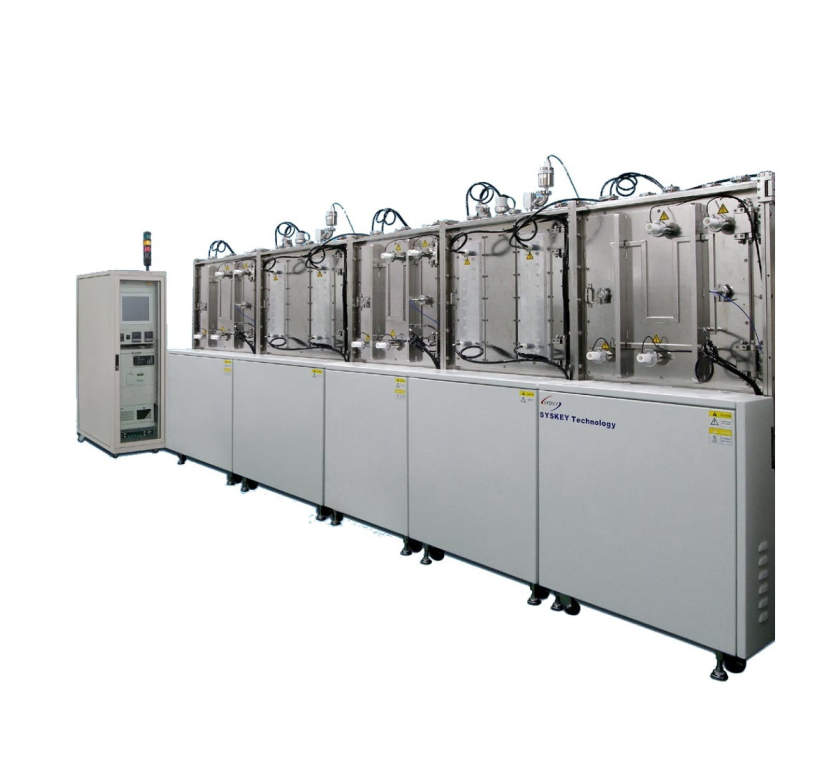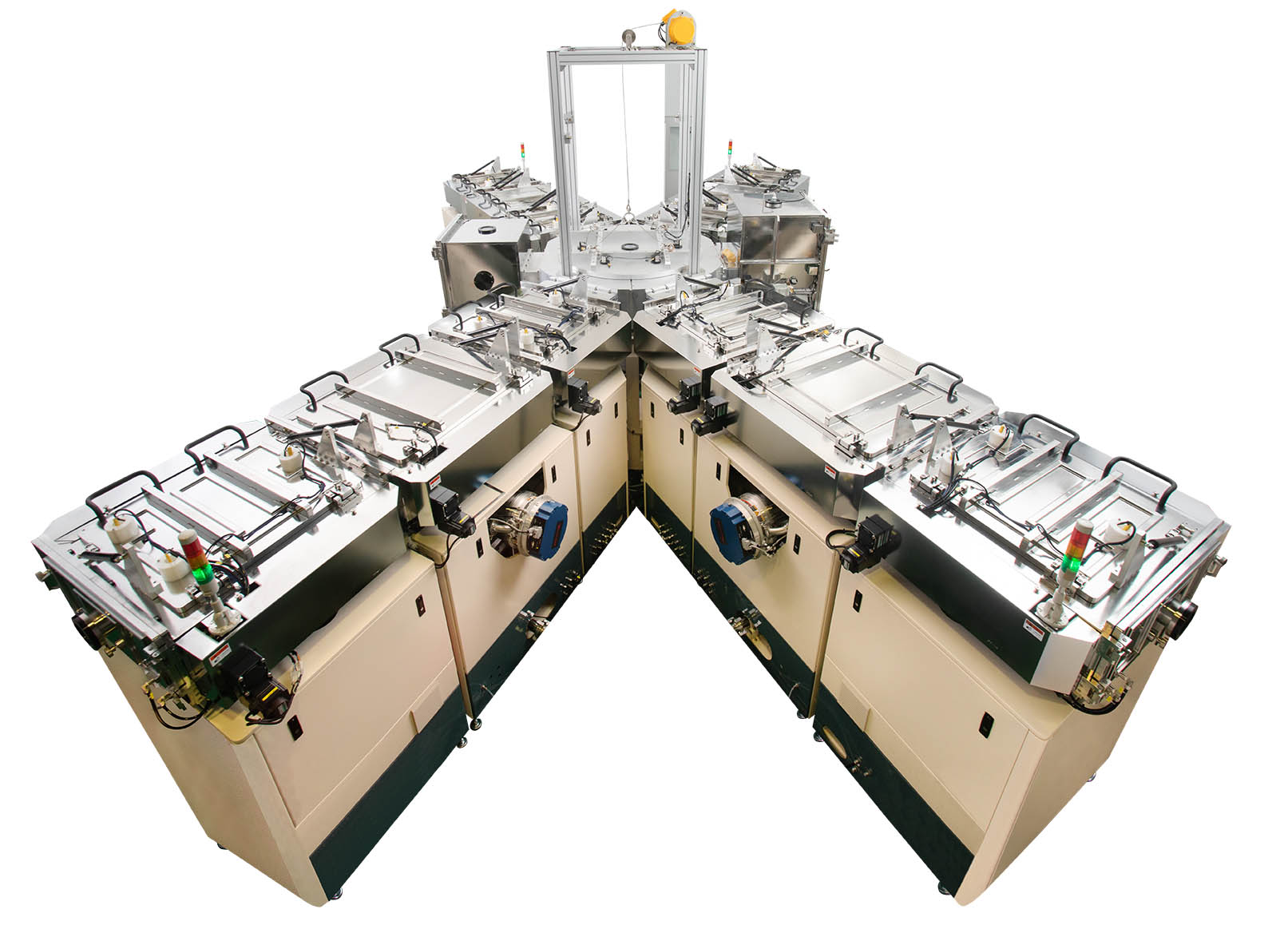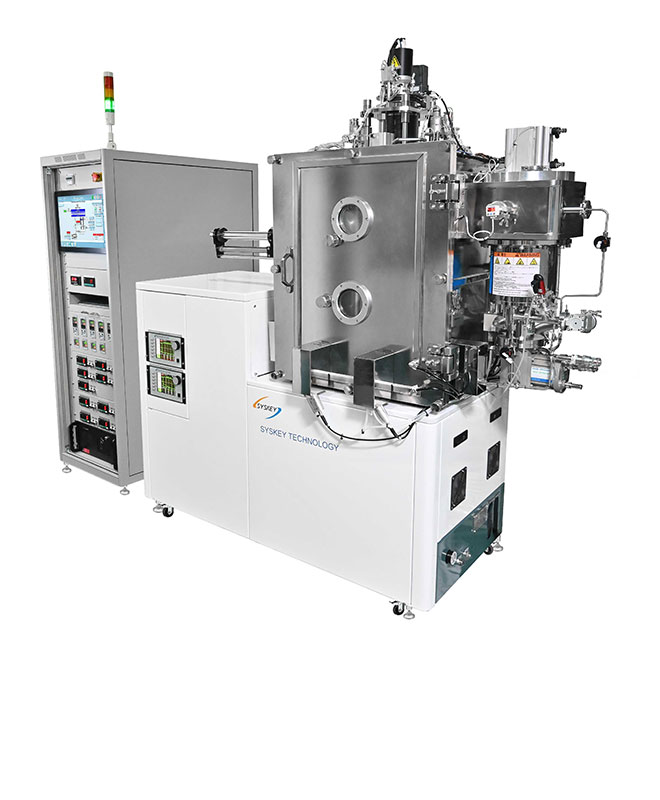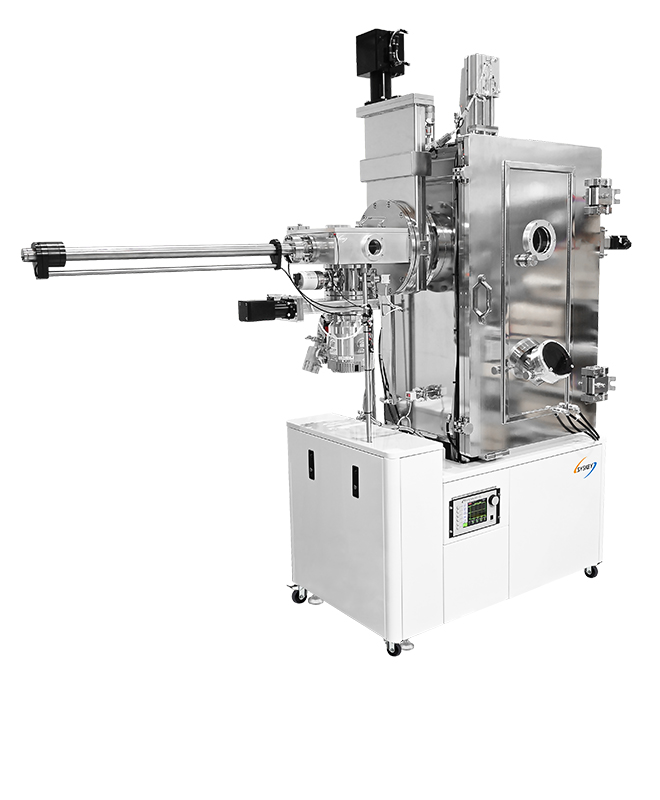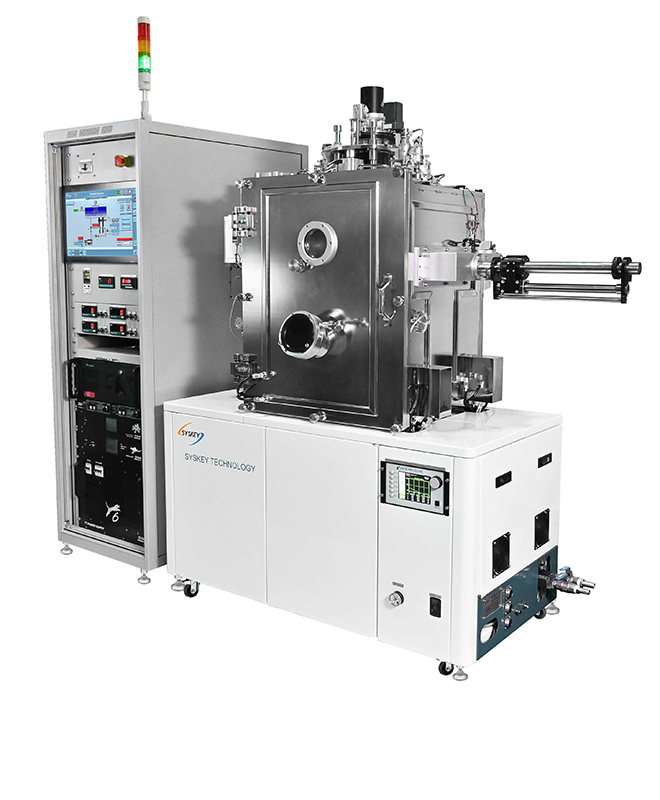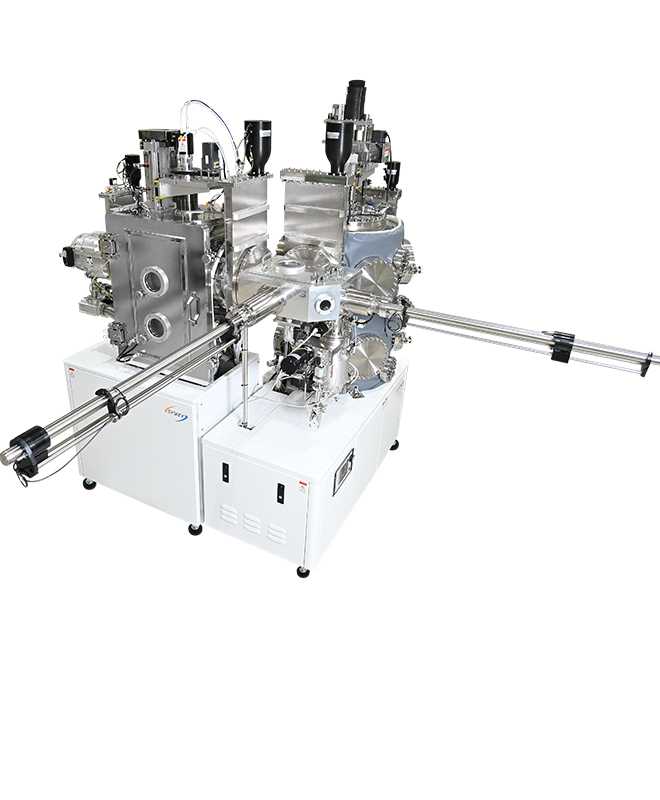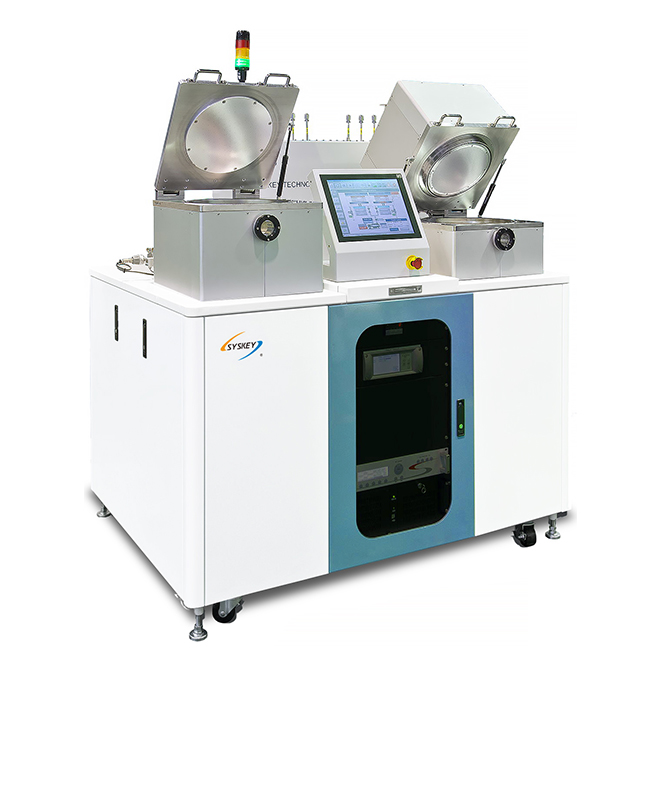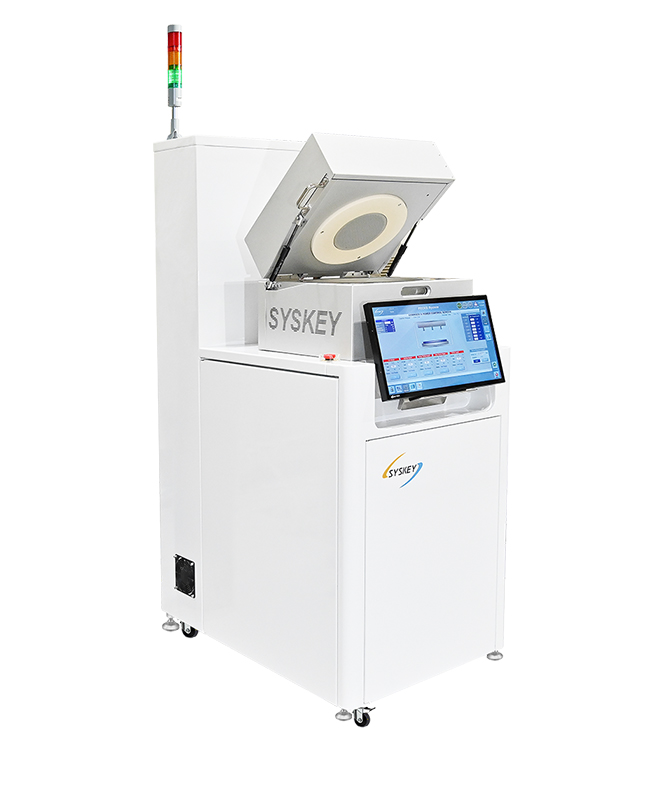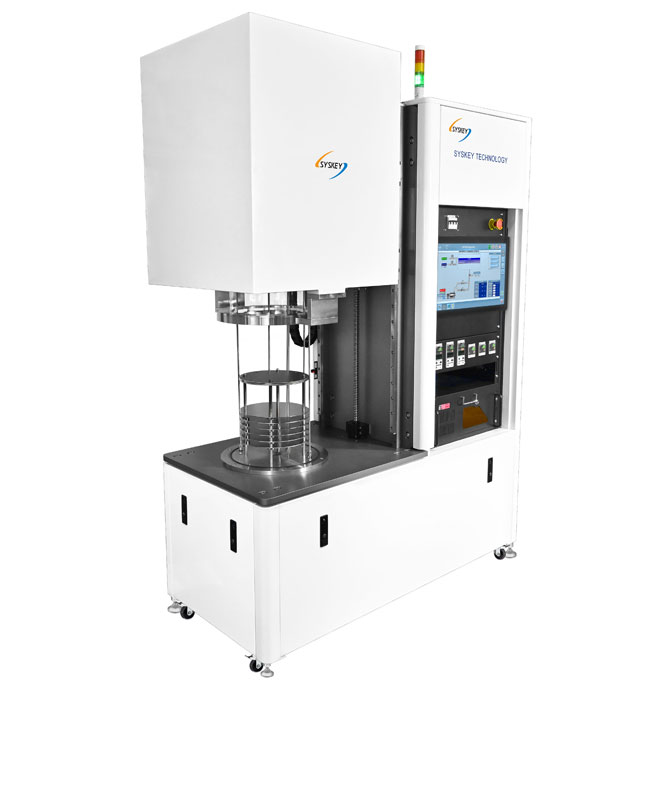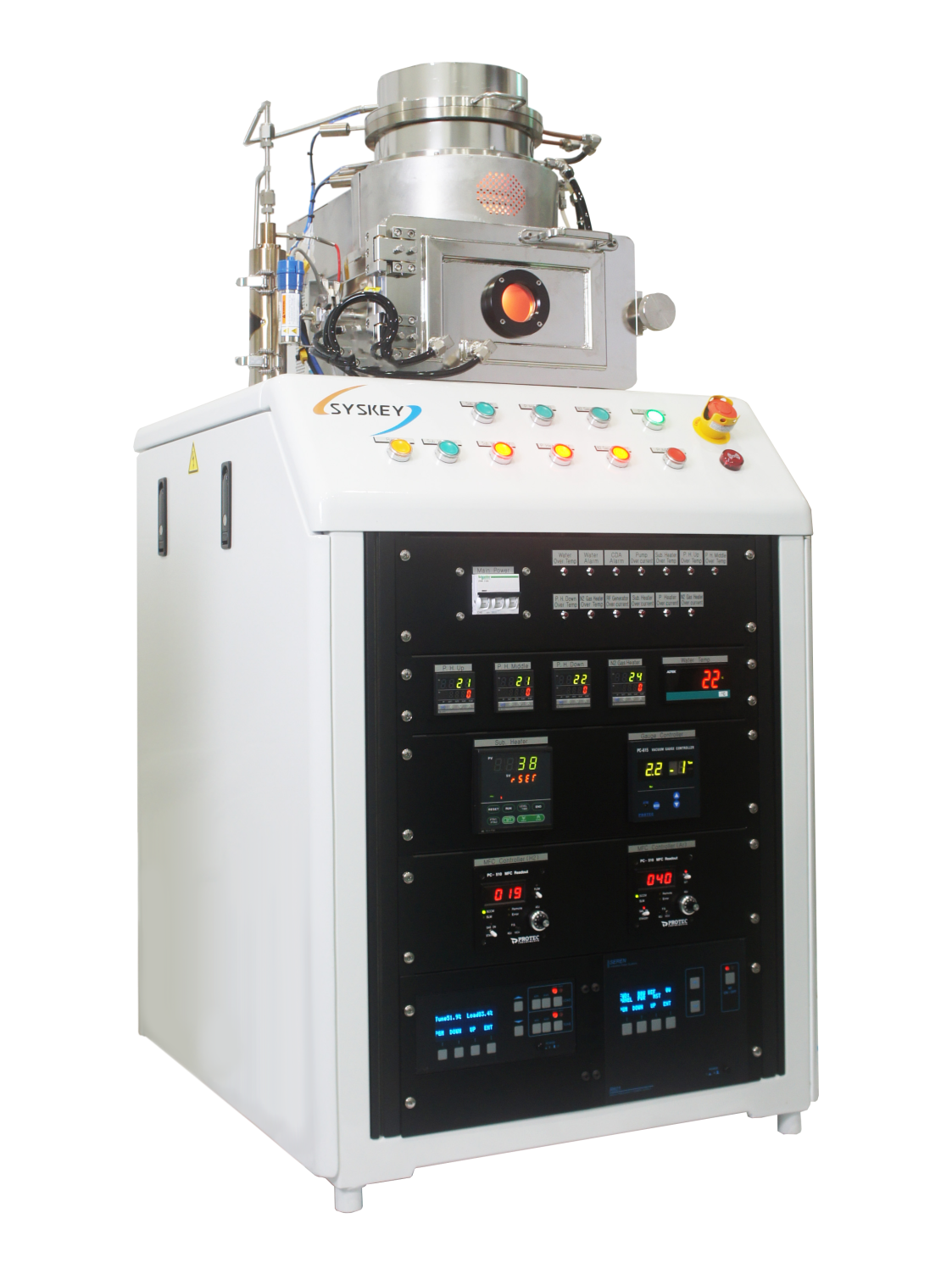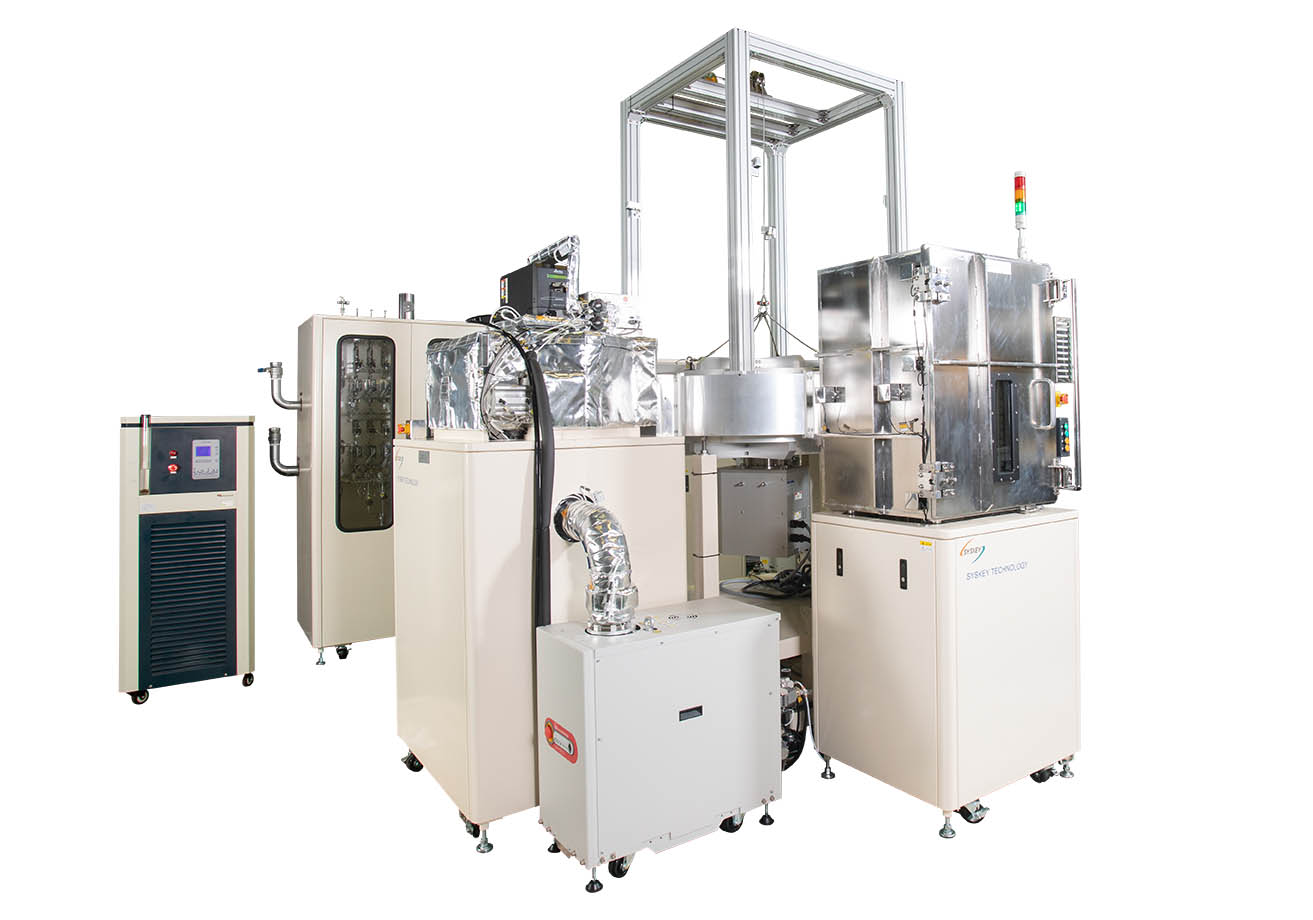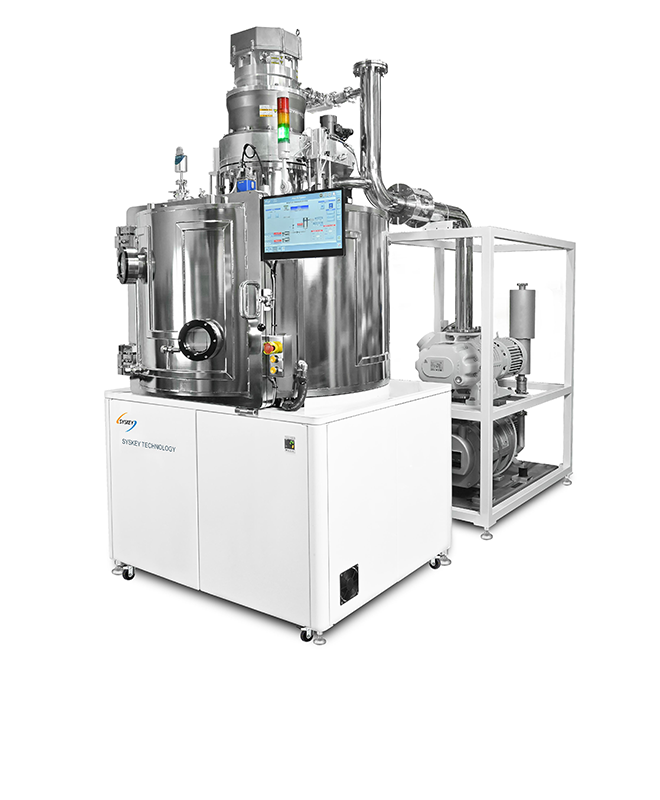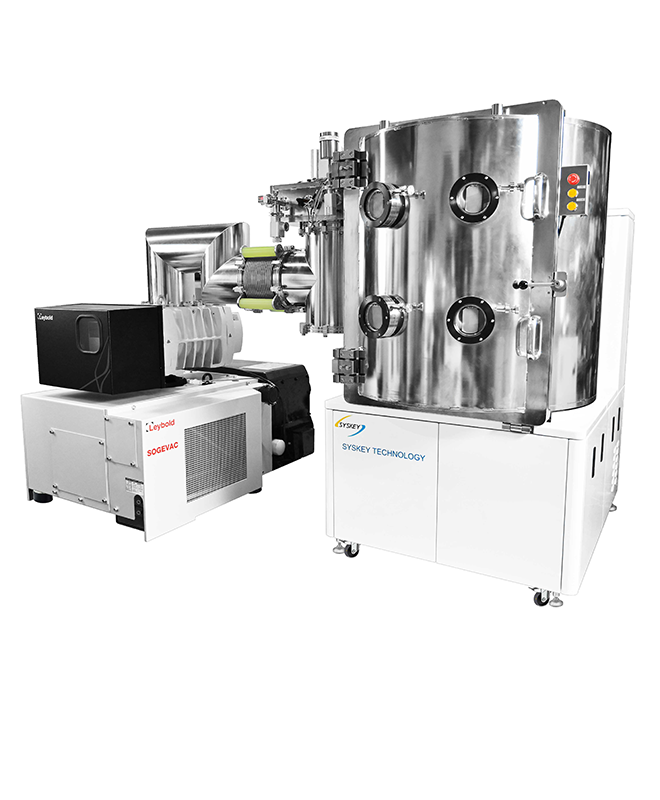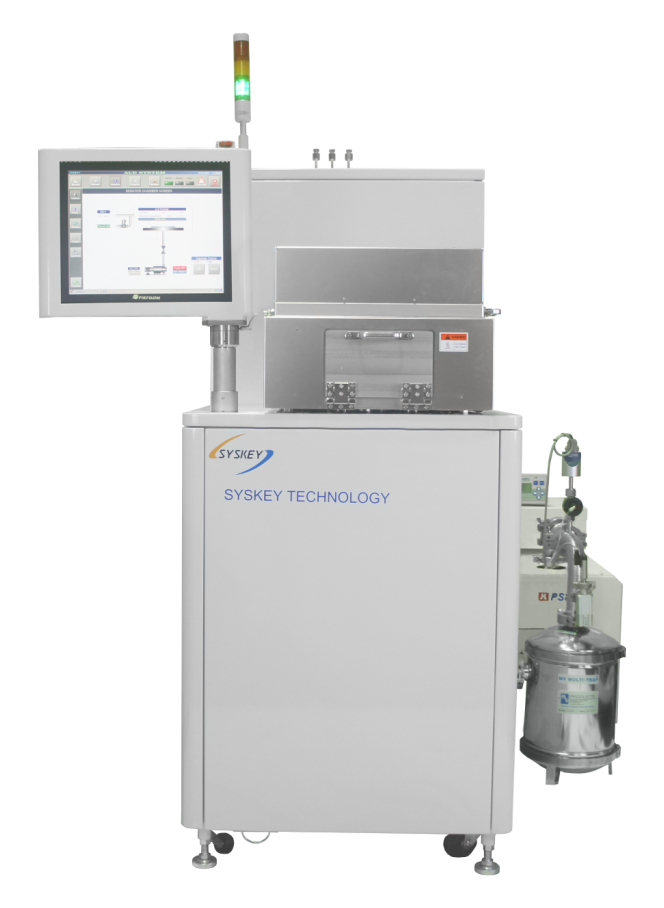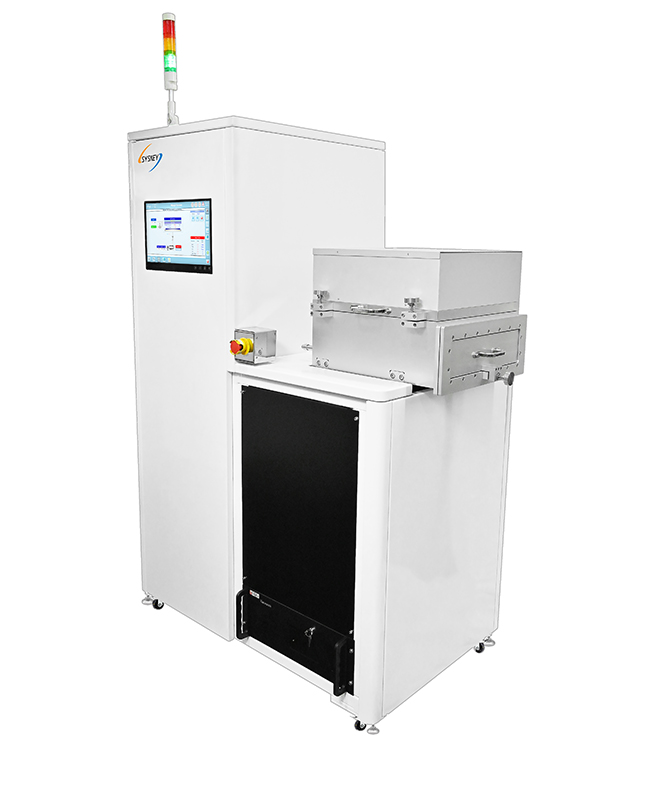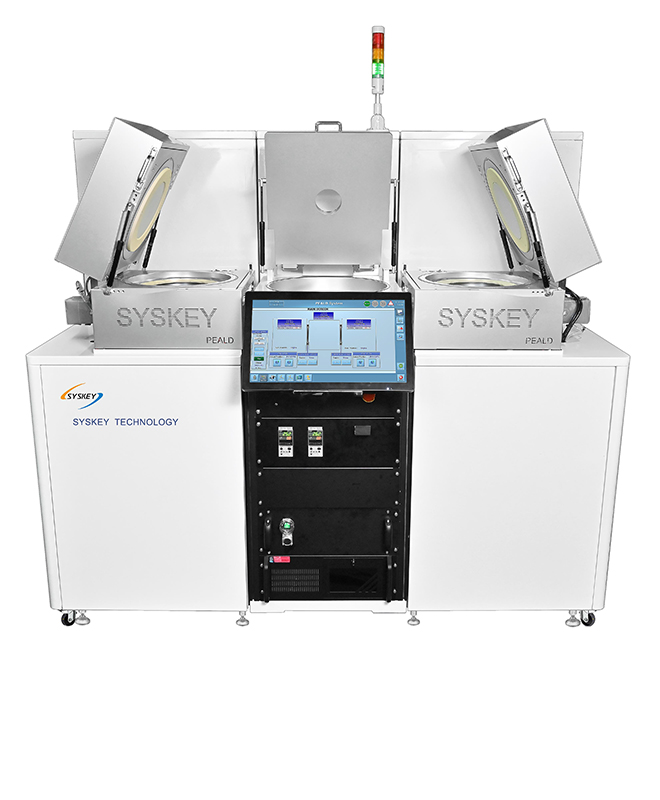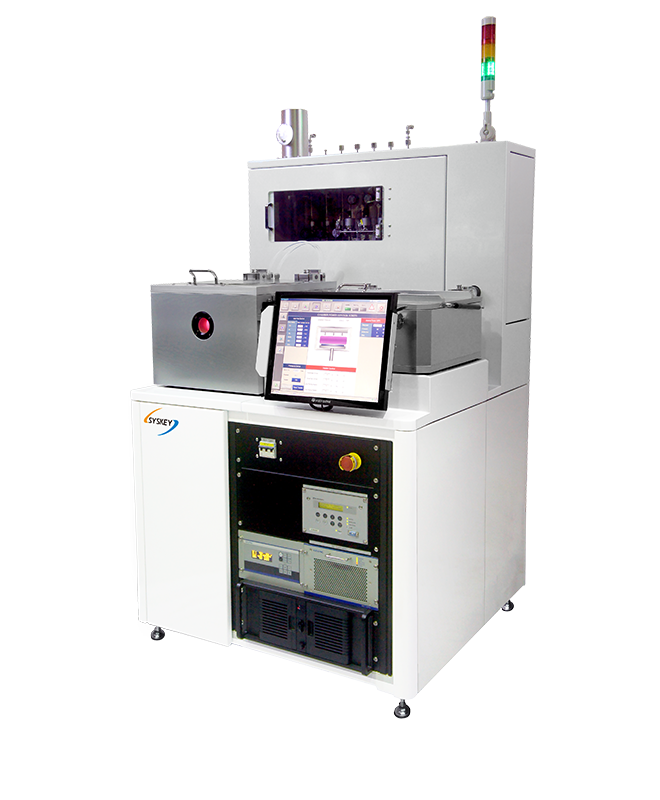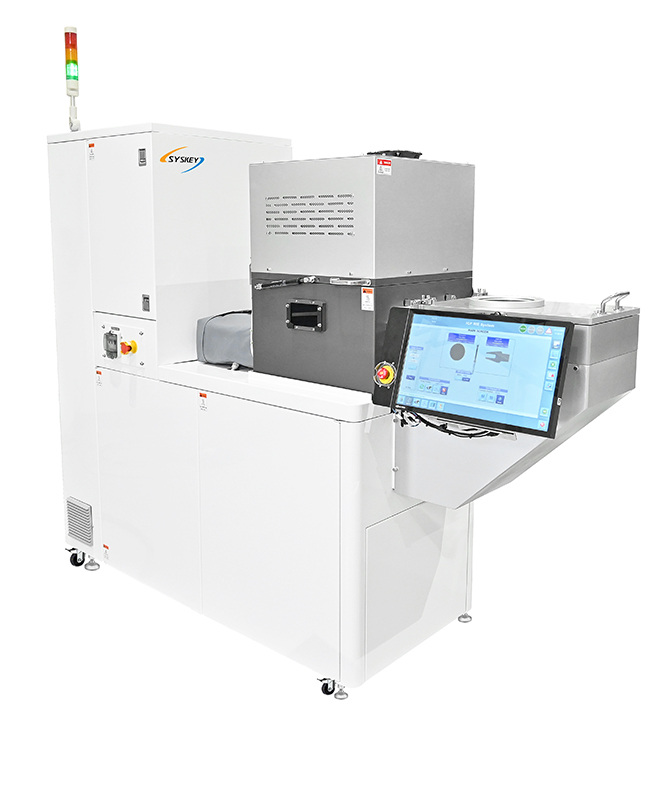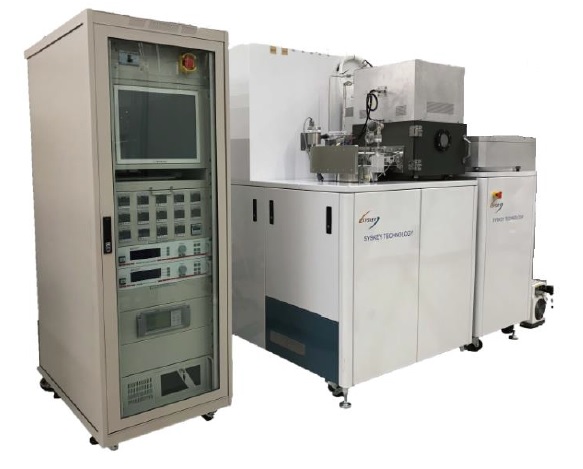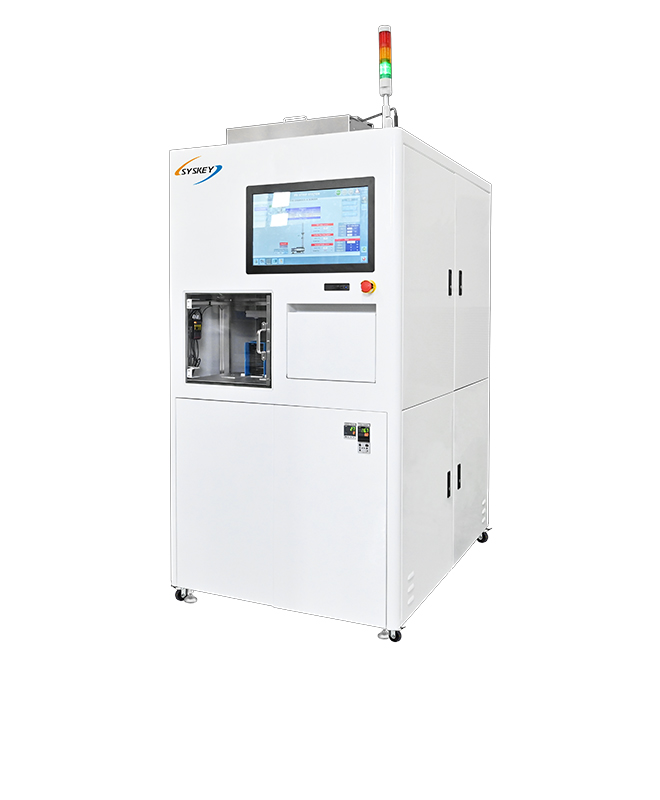 OLEDs panels are made of organic materials and emit light when they are energized through organic materials. Since OLEDs do not require a backlight and filters (just like LCD displays), they can turn on-off each individual pixel. When it's on, it emits visible light and when it's off, it emits no light. Thus, it can display deep black color and higher the contrast ratio.
OLEDs panels are made of organic materials and emit light when they are energized through organic materials. Since OLEDs do not require a backlight and filters (just like LCD displays), they can turn on-off each individual pixel. When it's on, it emits visible light and when it's off, it emits no light. Thus, it can display deep black color and higher the contrast ratio.
The main component of an OLEDs display is the OLEDs emitter an organic material that emits light when power is applied. The basic structure of an OLEDs is an emission layer sandwiched between a cathode (injecting electrons) and an anode (injecting holes). To improve performance OLEDs, electron transport layer (ETL), blocking layer (BL), hole transport layer (HTL), hole injection layer (HIL) are inserted in OLEDs structure to enhence the transportation, density and combination of exciton, show in Figure1.
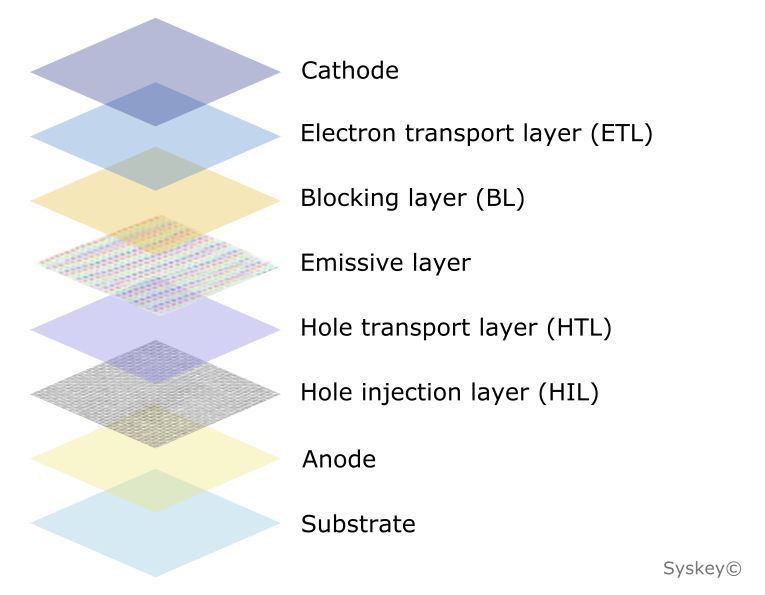
When an external bias is added to make the electrons, holes pass through the hole transport layer and the electron transport layer and enter an organic substance with light-emitting properties. When recombination occurs within them, light emission is formed. The color of OLEDs depend on the chemical structure of light-emitting material (band gaps of light-emitting materials), therefore the color of OLEDs can be controlled by material selection.
Based on properties of organic material, OLEDs displays not only are thin and effective, but they can also be made transparent, flexible, rollable and foldable displays in the future. OLEDs provide the best image quality ever, so it accelerates the development of VR and AR to market faster.
Figure 1: Basic structure of a OLEDs
Technology
The mainstream production technology of OLEDs is evaporation technology. The core technology for manufacturing OLEDs panels is the evaporation technology through evaporation systems. The evaporation is a common method of thin-film deposition using current heating in vaccum (like thermal resistance evaporation source) to evaporate the material that is evaporated into atoms or molecules. They then move in a straight line with a mean free path and collide with the substrate surface to deposit a thin film.



